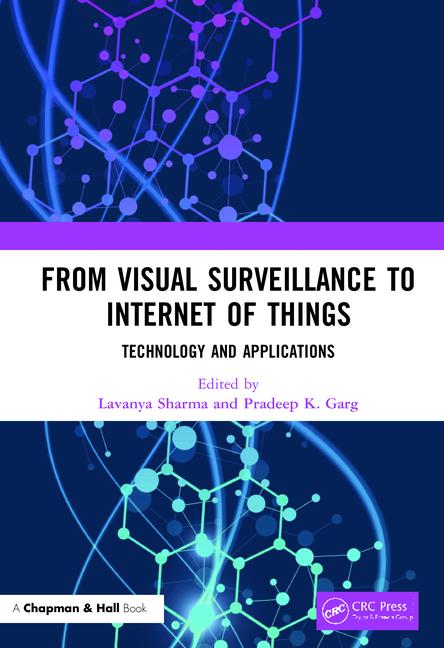Four technologies that promote secure exchange of health data

Regardless of the exact wording of The CMS Interoperability and Patient Access final rule, it’s clear that healthcare executives will be spending considerable time this year thinking about, planning for, and implementing technologies that support healthcare data exchange.
The truth is, even before HHS began providing guidelines for improved health information interoperability, hospitals and physician practices knew this needed to become more of a priority. They struggle daily to streamline processes like prior authorization, specialist referrals, patient access to health records, and care coordination.
All health data needing transmission must be completely secure, but that’s where the similarity ends. The types of data being transmitted vary, as do the technological capabilities of the sender and receiver and the methods available to transmit them. In this article, we’ll look at:
- The role Direct Secure Messaging has in preventing information blocking
- The value of record-based queries in transitions of care
- How application programming interfaces (APIs) create a 360-degree view of the patient
- How cloud fax meets the definition of foundational interoperability
Direct Secure Messaging
Direct, a digital messaging tool similar to secure email, is used in healthcare for such communication as referrals, admissions, discharges, and transfers (ADT), pharmacy prescriptions, automated push-event notifications, and even messaging directly with patients.
The Interoperability rule cites several examples of information blocking through restricting or inhibiting Direct Secure Messaging, which can be easily used in care coordination and transitions of care. Some EHR vendors have made it difficult to share information from their system, and some health organizations have been charging patients for access to their own records.
Direct can be used with several different interfaces such as an email client, healthcare IT portals, mobile devices or an automated date delivery feed. Depending on the intended workflow, Direct can integrate with healthcare IT systems in multiple ways. To participate, both sender and receiver need a specific Direct email address.
Record-based queries
The best examples of record-based queries occur within electronic healthcare information exchanges (HIEs). Providers in certain areas have banded together to create a common healthcare exchange framework for data exchange as a patient moves from physician to physician, imaging center to hospital, hospital to nursing home, etc., across providers that aren’t affiliated.
Carequality provides a national-level, consensus-built, common interoperability framework to enable data exchange between and among health data sharing networks. CommonWell Health Alliance members and service providers have created and deployed a vendor-neutral platform for health data exchange. Major EHR vendors such as Cerner and Greenway Health are CommonWell members but also can exchange data through Carequality.
In addition to hospitals and physicians, networks have been made for radiologists for images, as well as ambulatory care centers, home health, laboratories and post-acute care providers. Capabilities include sharing Consolidated-Clinical Document Architecture (CCDA) documents.
Those who belong to a particular network can query records from various providers on the other networks as part of the Carequality framework– regardless of geography. A Florida doctor treating a vacationer from Michigan for a heart attack, for example, can query records from the patient’s Midwestern physicians if they belong to the same data-sharing network.
Application programming interfaces (APIs)
APIs can be used to tie together IT systems within a hospital or provider network. If you’ve bought software that features an automatic or near automatic connection to another system, that connection likely occurs through an API.
If the systems being linked speak the same technology language, healthcare data that flows between systems can become part of the patient record, allowing clinicians to get a fuller view of the patient through past visits with other providers, lab results, procedures, and other patient data. Even if the connected systems don’t speak the same technology language, healthcare data that flows between systems can become a supplemental document to the patient record.
Cloud fax
Fax remains the workhorse communications tool of the healthcare industry, responsible for 75 percent of medical communication. Increasingly, those communications occur via cloud fax, which meets foundational interoperability standards. With a fax, there’s no need for remediation or interfaces to translate from one language into another because it looks the same from both the sender’s and the receiver’s perspectives.
Even without a legacy fax machine or a printer being involved, everyone understands information on a piece of paper. With cloud fax, digital documents and reports can be efficiently routed into folders and organized in a larger document solution or in your own user interface without the need to touch physical paper.
Cloud fax can plan an integral role in achieving functional interoperability, both among highly connected healthcare providers and those that may lag on the technology front.
Better patient care
Ultimately, interoperability offers the possibility of seamless transfer of patient data that moves as the patient does from provider to provider and from care setting to care setting.
Better patient care is the goal, a worthy endeavor that everyone should be able to support.
Looking for a reprint of this article?
From high-res PDFs to custom plaques, order your copy today!







